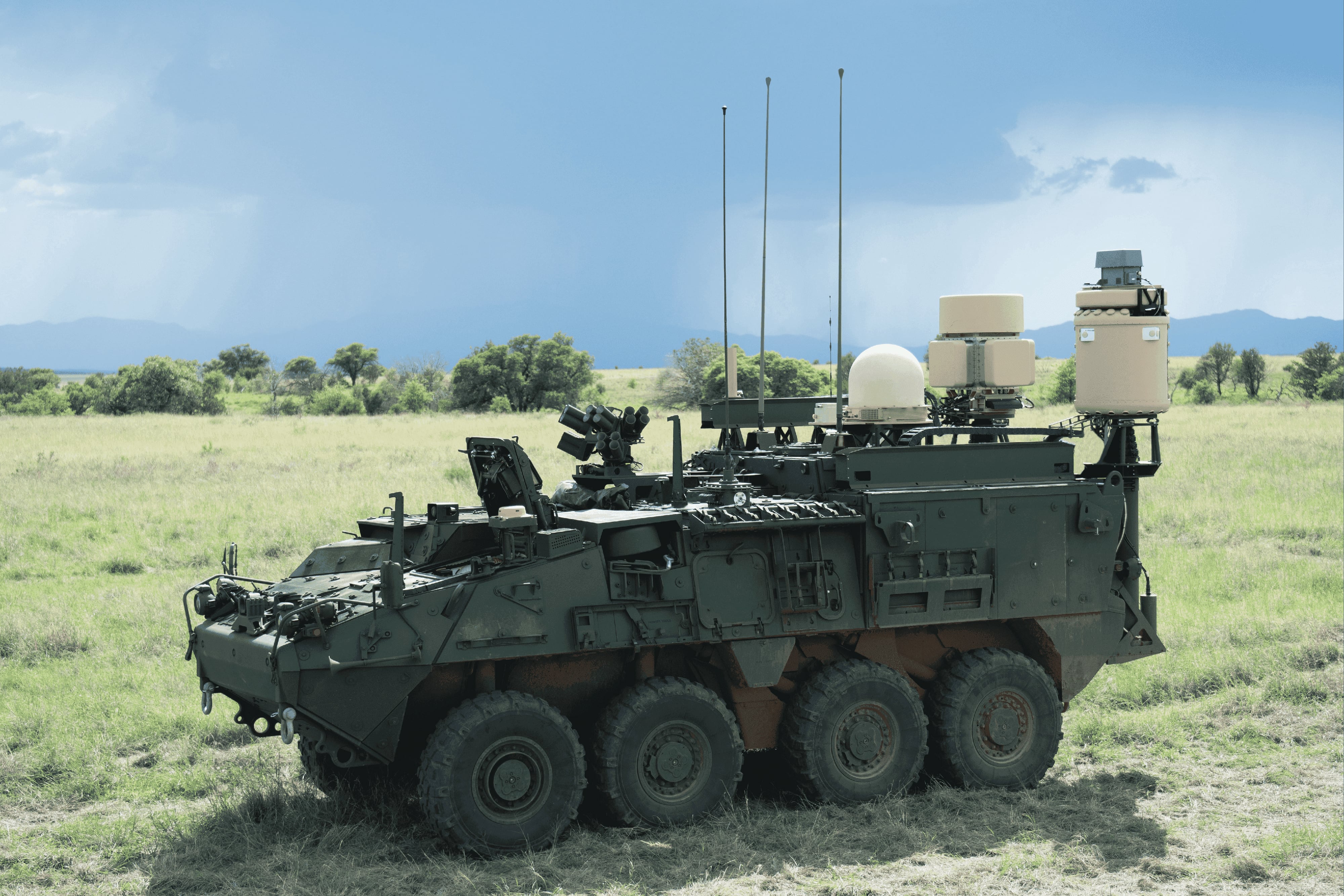AUGUSTA, Ga. — One of the U.S. Army’s electronic-warfare weapons will get a demonstration later this year.
The service in September plans to study its Terrestrial Layer System-Brigade Combat Team in a test of its combined cyber, jamming and signals intelligence capabilities, according to Brig. Gen. Ed Barker, the program executive officer for intelligence, electronic warfare and sensors.
“They’re on this Stryker and they’re going through as many functions, from EW and SIGINT, as they can, based on the limitations of the range and the threat emitters,” Barker said in an Aug. 15 interview on the sidelines of the AFCEA TechNet Augusta conference in Georgia. “They’re basically characterizing the system, how it performs against those threat emitters, and an ability to conduct mission threads.”
Feedback from soldiers and the ability to quickly adapt is key to successful technology development, Barker added.
TLS-BCT is meant to provide smaller Army formations a means to understand their surroundings and disrupt networks and advanced electronics wielded by China, Russia and others. Control of the electromagnetic spectrum is critical in warfare, as it is used for weapons guidance, friendly communications, deception and enemy suppression.
The Army in April tapped Lockheed Martin to mount Stryker combat vehicles, made by General Dynamics, with TLS-BCT tech and begin planning for work aboard the Armored Multi-Purpose Vehicle, a BAE Systems product. The AMPV supplants the Cold War-era M113 troop carrier, hundreds of which have been earmarked for Ukraine to help push back the Russian onslaught.
Assistant Secretary of the Army for Acquisition, Logistics and Technology Doug Bush on Aug. 7 told reporters at the Pentagon that TLS-BCT was “on track, and I feel good about them.” He also said the effectiveness of electronic warfare in the Russia-Ukraine war is motivating the service to get its jammers right — and online.
“We’ve got the programs underway,” Bush said at the time. “The Army is fundamentally reinvesting and rebuilding our tactical electronic warfare capability after that largely left the force, over the last 20 years.”
Barker was named the leader of PEO IEW&S in April. He previously served as the office’s deputy.
Colin Demarest was a reporter at C4ISRNET, where he covered military networks, cyber and IT. Colin had previously covered the Department of Energy and its National Nuclear Security Administration — namely Cold War cleanup and nuclear weapons development — for a daily newspaper in South Carolina. Colin is also an award-winning photographer.




